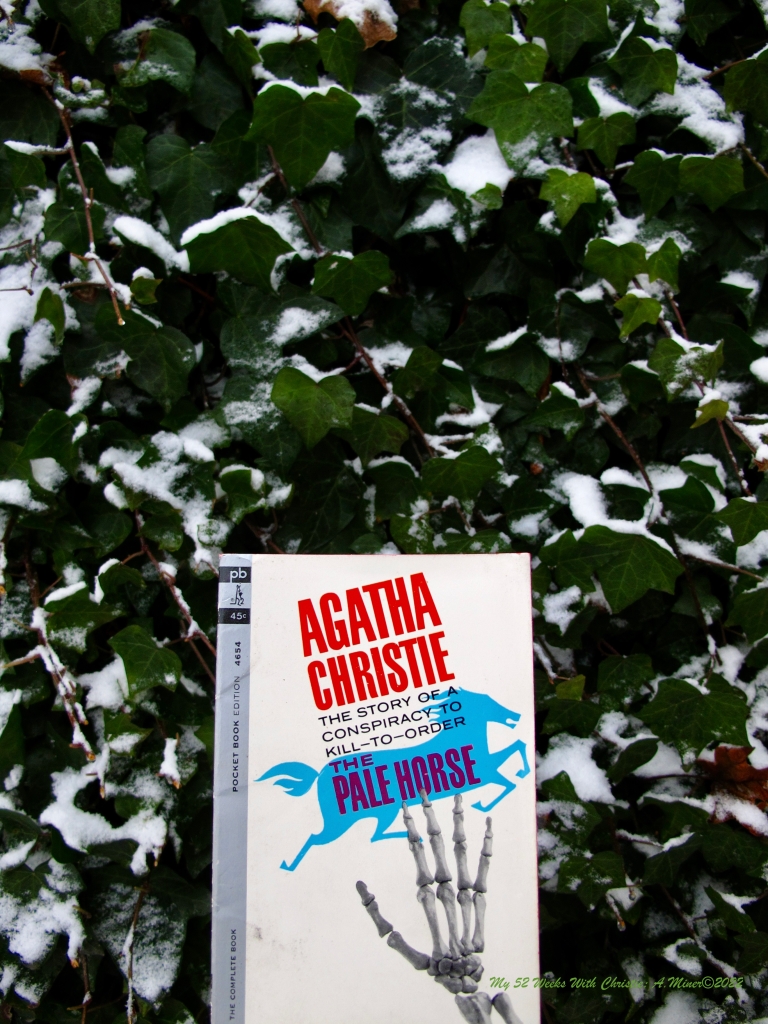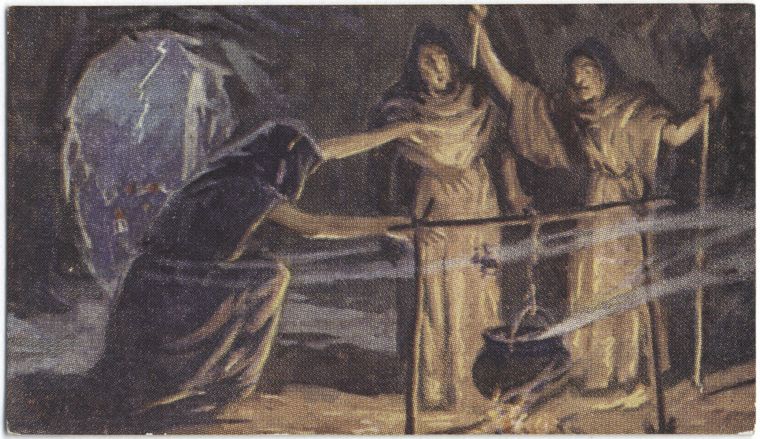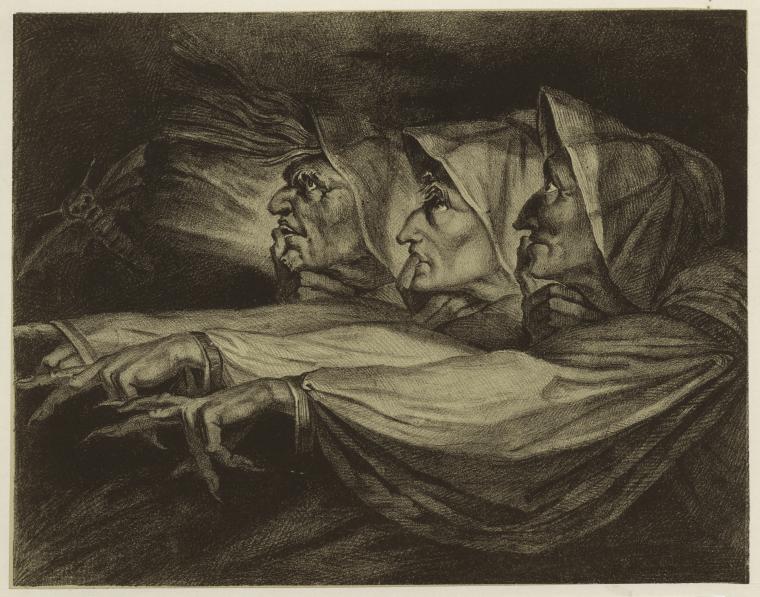
My 52 Weeks With Christie: My 2014 Review of The Pale Horse
First Published: The Pale Horse. Collins Crime Club, UK, 1961.
I Read: The Pale Horse. Pocket Books, New York, 1967.
Series: Ariadne Oliver
Summary: It starts with a priest, who hears the last confession of a dying woman unlike any he’s heard before. The woman gives him a list of names of connected somehow to wickedness, before the Father can do anything about the list he is brutally murdered. The investigating officer police find said list and discovers the names on the list belong to people who have recently passed away, seemingly of natural causes.
The police surgeon is not so sure.
At the same time through a series of crazy random happenstances Mark Easterbrook becomes involved in the investigation. Discovering the deaths all seem to revolve around something called The Pale Horse, “Revelation, Chapter Six, Verse Eight. And I looked, and behold a pale horse: and his name that sat on him was Death, and Hell followed him…” (pg. 209). Mark, not one to believe in the supernatural, decides to look for a more concrete solution to how the people on the list really died…
Review: This book, like many before it, is a fantastic read. One which contemplates the nature of evil; not in a preachy way, more Shakespearian in feel. Through this contemplation on the nature of evil Christie creates a clinging sinister atmosphere on each page of the book. Making you all most believe she will write her first supernatural solution to a mystery novel, thus breaking the Rules of Fair Play. Once again Christie does a wonderful job playing with her audience’s comfort levels and preconceived notions about things we cannot always explain satisfactorily.
I really loved this book, again not overly surprising. However just like the Miss Marple in The Moving Finger, Ariadne Oliver plays a very small role in the narrative (however larger than Marple in Moving Finger). A deus ex machina role for Oliver which provides Mark Easterbrook with the inspiration for the solution to the mystery. Which I found slightly disappointing as this is the only independent encounter with Oliver outside of the Poirot series. This is really such a small thing it did not perceptibly diminish my enjoyment of the read, just something to know going into the book.
Speaking of a menacing Shakespearian feel to a novel…..How many of you out there have seen a performance of The Scottish Play? You know the one I mean, the name that thespians do their absolute level best not to say on stage (or anywhere else for that matter)…. Have you ever given any thought to how the three witches in the beginning of the play are represented? Often the actress dressed up to look like old crones with hooked warty noses, long black robes, conical hats and black cats. Seemingly almost unhinged in nature uttering their prophesies for Banquo and his fellow general, more akin to monsters than women.



Did you ever think this is a safe way of portraying evil?
David (minor character from The Pale Horse) a thespian during his college years had a different idea of how to portray the three, “I’d make them very ordinary. Just sly quiet old women. Like the witches in a country village.” (pg. 33). I say I have to agree with David on this point, and subsequently Christie since she is the one who penned the book (and Fran who also things this would be brilliant staging). Done right this could lend an extra layer of malevolence to the three witches scenes. Why? In general we want to be able to identify evil at a glance, we want the stereo typical indicators, we want to Know who to watch out for.
Portraying evil as ordinary means it can creep or seduce its way into out lives without our noticing, making it difficult to ward ourselves against.
This is one reason serial killers or rapists haunt our imagination, since more often than not they look ordinary. Sometimes they are even charismatic or charming in their way. The ones who have been caught and shown on the news don’t seem to have any one trait to identify them as serial killers. No twitch, sign or limp identifies them to the police and the public as a dangerous individual. Profilers, psychologists and police officers who have extensive training can — through psychology and experience not a birthmark. This is one underlying reason why they seem to be so difficult to catch. But I digress.
This idea of ordinary evil is what makes The Pale Horse such a singular sinister book!
(BTW — if you want to see a really great version of The Scottish Play, click here. Patrick Stuart plays the lead and the three witches are seriously eerie/creepy!)
AmberMiner©2014
You must be logged in to post a comment.